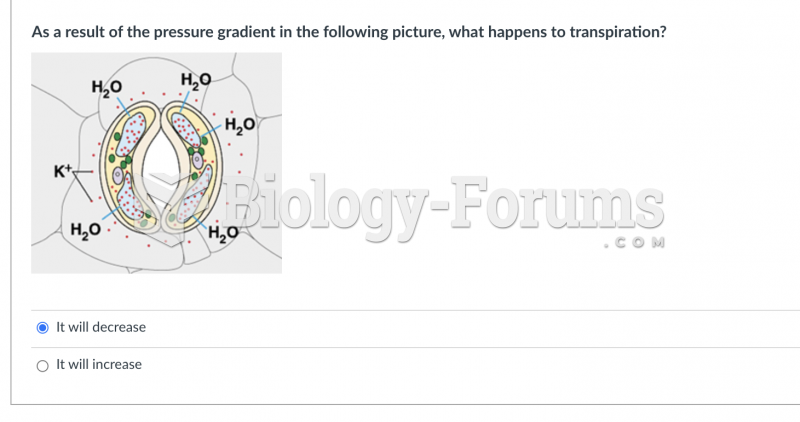Answer to Question 1
A
Answer to Question 2
Managing the entire portfolio of products and brands over time is a major strategic issue. To address this issue, we use the traditional product life cycle to discuss product strategy from a product's conception, through its growth and maturity, and to its ultimate death. It is important for product managers to consider the stage of their market's life cycle with respect to planning in the current period as well as planning for the future. Using the product life cycle as a framework has the distinct advantage of forcing managers to consider the future of their industry and their brand.
Development Stage-A firm has no sales revenue during the product development stage. In fact, the firm experiences a net cash outflow due to the expenses involved in product innovation and development. The development stage usually begins with a product concept, which has several components: (1 ) an understanding of the specific uses and benefits that target customers seek in a new product; (2 ) a description of the product, including its potential uses and benefits; (3 ) the potential for creating a complete product line that can create synergy in sales, distribution, and promotion; and (4 ) an analysis of the feasibility of the product concept including such issues as anticipated sales, required return on investment, time of market introduction, and length of time to recoup the investment.
Introduction Stage-The introduction stage begins when development is complete and ends when sales indicate that target customers widely accept the product. Marketing strategy goals common to the introduction stage include (1 ) attracting customers, (2 ) inducing customers to try and buy the product, (3 ) engaging in customer education activities, (4 ) strengthening or expanding channel and supply chain relationships, (5 ) building on the availability and visibility of the product through trade promotion activities, and (6 ) setting pricing objectives that will balance the firm's need to recoup investment with the competitive realities of the market.
Growth Stage-The firm should be ready for the growth stage because sustained sales increases may begin quickly. The product's upward sales curve may be steep, and profits should rapidly increase, then decline, toward the end of the growth stage. Regardless of the length of the growth stage, the firm has two main priorities: (1 ) establishing a strong, defensible market position and (2 ) achieving financial objectives that repay investment and earn enough profit to justify a long-term commitment to the product. During the growth stage, the overall strategy shifts from acquisition to retention, from stimulating product trial to generating repeat purchases and building brand loyalty.
Maturity Stage-After the shakeout occurs at the end of the growth stage, the strategic window of opportunity will all but close for the market, and it will enter the maturity stage. No more firms will enter the market unless they have found some product innovation significant enough to attract large numbers of customers. The window of opportunity often remains open, however, for new product features and variations. These variations can be important as firms attempt to gain market share. In the face of limited or no growth within the market, one of the few ways for a firm to gain market share is to steal it from a competitor. Such theft often comes only with significant promotional investments or cuts in gross margin because of the lowering of prices. The stakes in this chess match are often very high. Typically, a firm has four general goals that can be pursued during the maturity stage: (1 ) generate cash flow, (2 ) hold market share, (3 ) steal market share, and (4 ) increase share of customer.
Decline Stage-A product's sales plateau will not last forever, and eventually a persistent decline in revenue begins. A firm has two basic options during the decline stage: (1 ) attempt to postpone the decline or (2 ) accept its inevitability. Should the firm attempt to postpone the decline, the product's demand must be renewed through repositioning, developing new uses or features for the product, or applying new technology. Many firms, however, do not have the resources or opportunity to renew a product's demand and must accept the inevitability of decline. In such instances, the firm can either harvest profits from the product while demand declines or divest the product, taking steps to abandon it or sell it to another firm.
Throughout the product life cycle, it is imperative that the firm stays focused on changes in the market, not on the firm's products. Products have life cycles only because markets and customers change. By focusing on changing markets, the firm can attempt to create new and better quality products to match customers' needs. Only in this way can a firm grow, prosper, remain competitive, and continue to be seen as a source of solutions by the target market.







